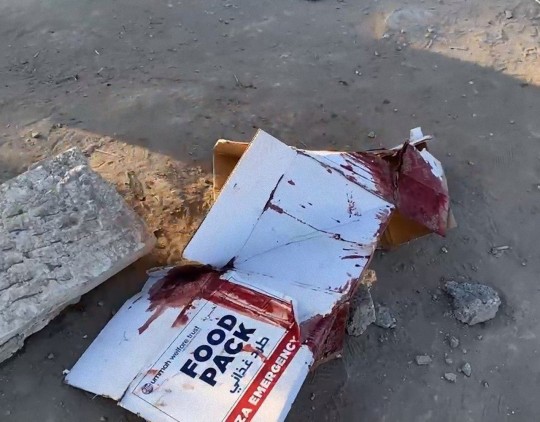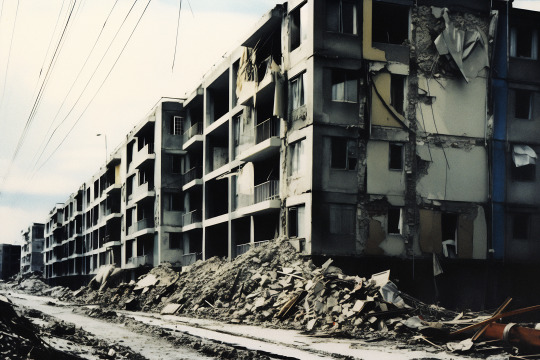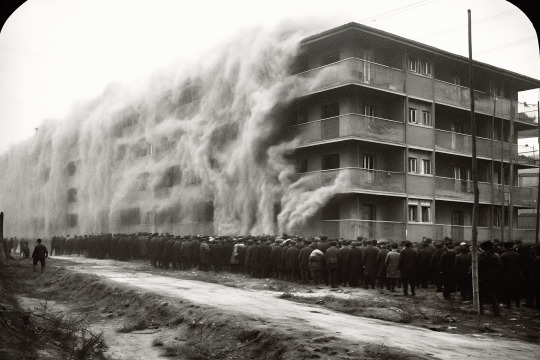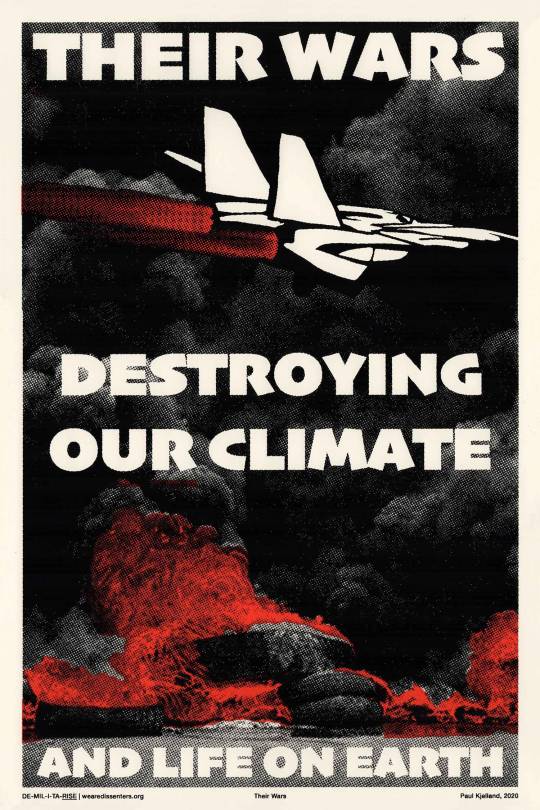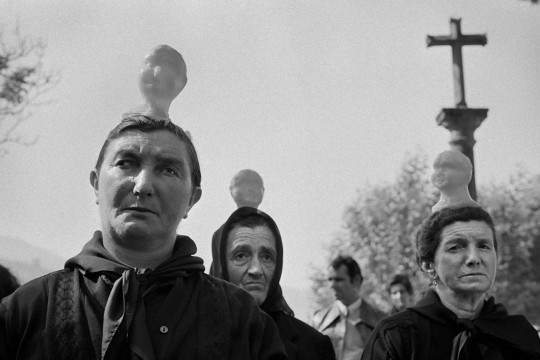Photo

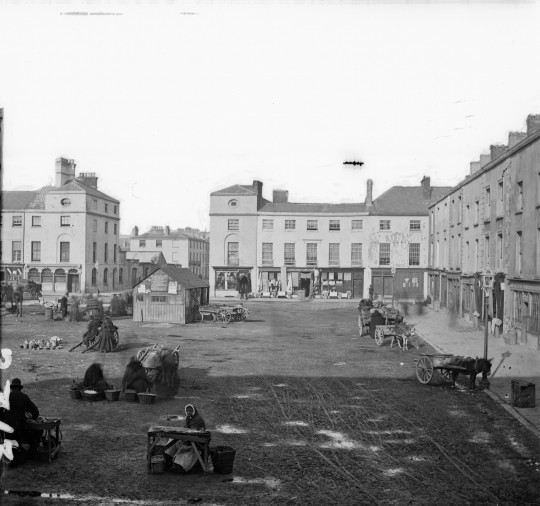
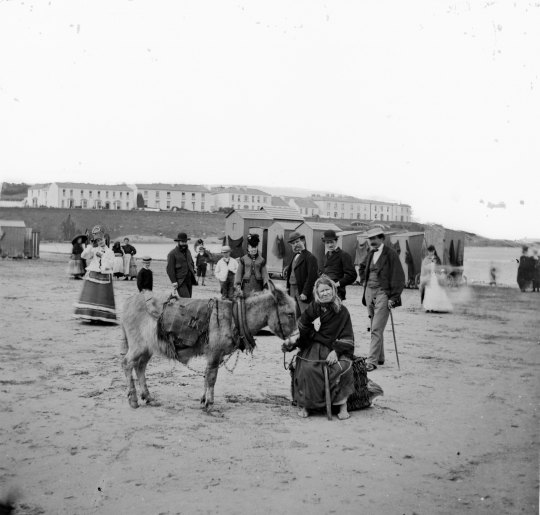
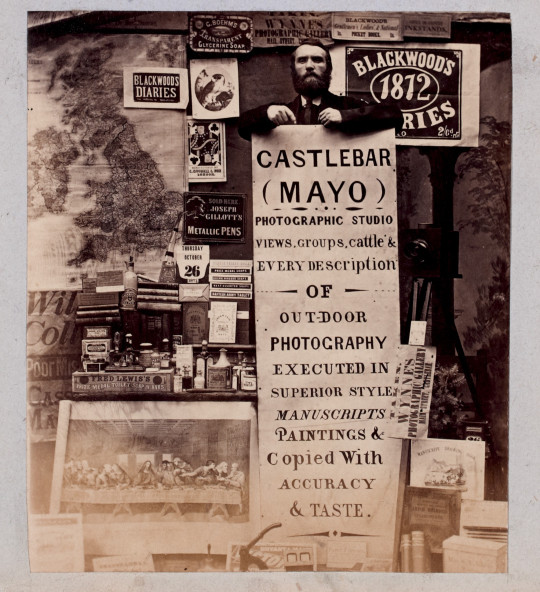

Working Life by National Library of Ireland on The Commons
Via Flickr:
Άντρες στη δουλειά και πολλές αποδείξεις ότι η δουλειά μιας γυναίκας δεν γίνεται ποτέ!
0 notes
Text

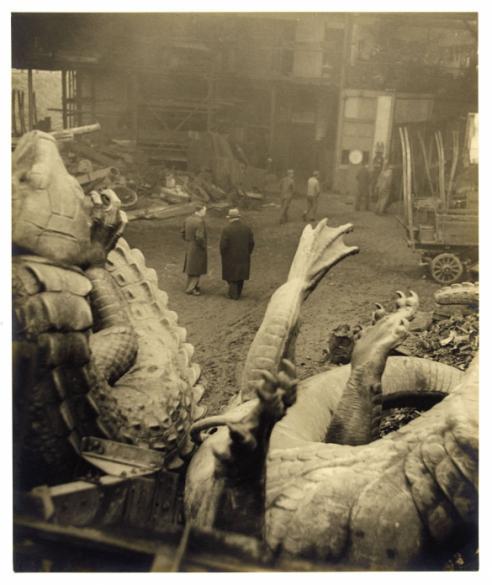
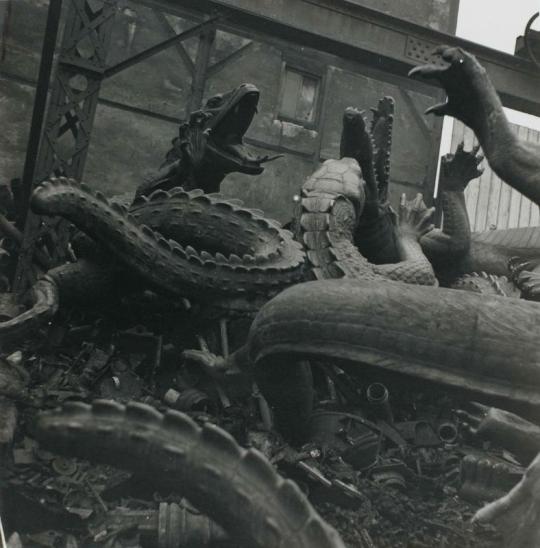
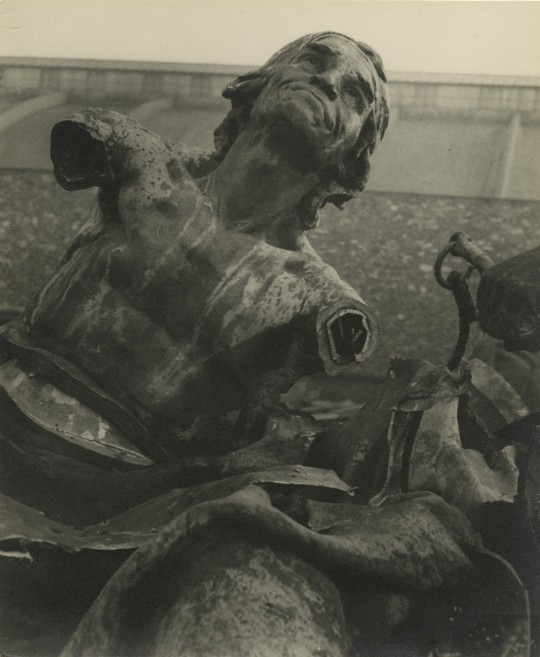
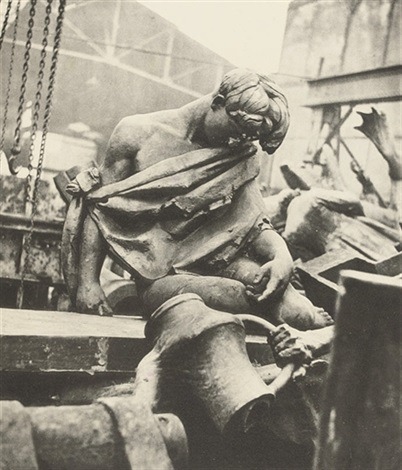

DEATH AND STATUES
During the war, in October 1941, the pro-Nazi Vichy government decreed that statues "without artistic or historical importance" could be torn to pieces by the Germans in order to reuse the metal.
In December, the photographer Pierre Jahan, taking considerable risks, photographed them, piled up in a courtyard in Paris, in the 12th arrondissement, ready to leave for the foundries.
Jean Cocteau was so enthusiastic about those photographs that he decided to publish them in a book, writing the text himself.
Just over a hundred pages, the illustrated volume was published at the end of the war, in 1946, and republished several times. It is one of the most beautiful, saddest and most engaging photographic books ever made, just look at the photos of the dying alligators or the discouragement of the young orphan of the other statues of his family. I don't think it has ever been published in other countries. It can be found online at decent prices. There is also a first edition with a dedication by Cocteau for 1,200 euros.
1K notes
·
View notes
Text
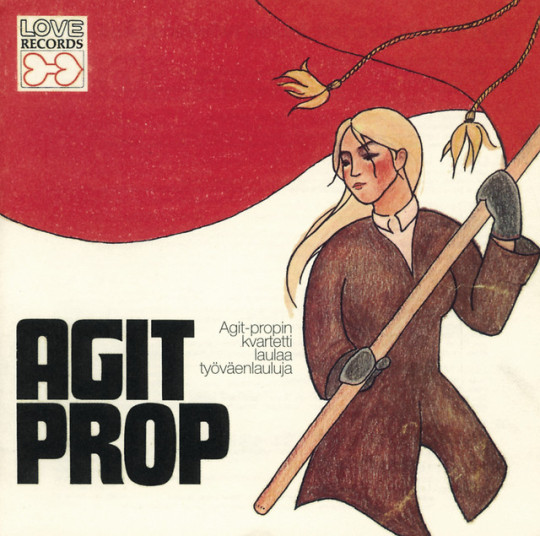
Not a poster, but a record sleeve that owes to Soviet propoganda poster design: the cover for Agit-propin kvartetti laulaa työväenlauluja (roughly: "the Agit-Prop quartet sings working class songs") album by the Finnish singer group Agit Prop, 1972.
13 notes
·
View notes
Text
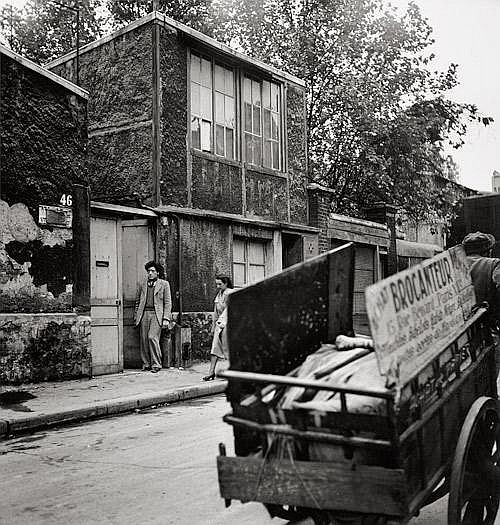
Emmy Andriesse (1914-1953)
Alberto Giacometti in front of his studio at 46 rue Hippolyte-Maindron
Paris, late 1940s
78 notes
·
View notes
Text

Victims of capitalism. Hell before death. 1908.
Internet Archive
5K notes
·
View notes
Text
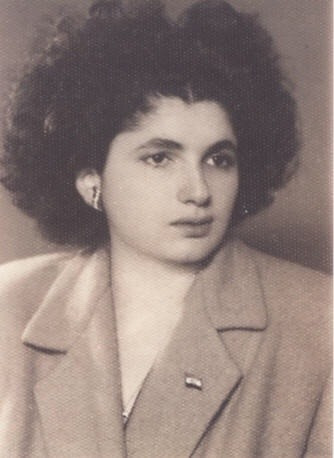
Mónica Cristina Benaroyo Pencu (38 years old)
She was a Uruguayan citizen, member of the Uruguayan Communist Party.
Detained in Chile on September 11th of 1973 during the coup against socialist president Salvador Allende.
She was buried alive with her head sticking out in the Arica desert by Pinochet's soldiers, who kicked her until they decapitated her.
Her head was found in 2008.
69 notes
·
View notes
Text
youtube
Added subtitles to Marcela Said's 2001 documentary "I love pinochet", about the cult like support of the dictator and his crimes against humanity by people so deep in the dirt of propaganda I almost had an aneurysm
it's the religion of the powerful people of the country anyway, the remain the same 22 years later if there was ever any doubt
5 notes
·
View notes
Text
I was born with this condition where I can’t stand seeing someone shit talk Che Guevara but then I see usamerican leftists wear shirts with his face and it’s like. Are u aware u are the problem he was fighting
6 notes
·
View notes
Text
I just found out a nearby hill that’s minutes away from my family house was used as a location for extermination in dictatorship. They’d bring communists and shoot them. Bro I played in that hill when I was a kid
17 notes
·
View notes
Text
I just found out a nearby hill that’s minutes away from my family house was used as a location for extermination in dictatorship. They’d bring communists and shoot them. Bro I played in that hill when I was a kid
17 notes
·
View notes
Text

In the aftermath of Pinochet's coup in September 11th of 1973, a 23 year old Civil Registry worker called Hector Herrera was ordered to take the fingerprints of the bodies filling up the morgue, and came across the corpse of Victor Jara, an emblematic folk singer, teacher, theater director and activist who had been tortured and executed by Pinochet's soldiers with 44 machine gun shots, then thrown on the bushes outside the local cemetery where Hector worked.
He'd eventually contact Joan Jara, Victor's wife, and together were able to rescue the body for proper burial so he didn't end up another forced disappeared victim of dictatorship.
Fragment translated from the investigation program En La Mira
Hector: They didn’t even give me a mask. I was stepping on blood and brain matter that day.
There was a huge gate in the back that made a horrible sound, when it opened some kind of alarm went off. The door would open as the military trucks moved in reverse into it, the soldiers would open the doors and then dump the bodies there in the back. I saw how they piled people up.
[There was] a mother with a baby. The baby had a gunshot wound, so the bullet must have gone through the mother. She was holding him very tightly. Her expression was of horror, she must have seen the bullet coming at her and her baby.
Victor’s figure emerged among the corpses of chileans and those of blond foreigners with shaved heads on the morning of September 16th, which the court wrongly established as Victor Jara’s date of death.
Hector: The body was very cold, so it had been a while. The blood he had stuck to his face, matted, was not from an hour prior because it was dry, mixed with dirt.
The fingerprints taken by Hector in a file he hid allowed to confirm his [Victor Jara’s] identity with another worker from the Civil Registry.
Thus he’d find the address of the house where Joan lived in uncertainty with her young daughters.
Willing to take the risks, two days later on September 18th, Hector came by to visit her.
Hector: She took my hands and hid her face in them, then cried. I felt her tears falling on my hands.
All those images of young blond foreigners came to me, those I saw with shaved heads. In relation to this blond woman I had in my hands. And thought, she’s in danger. They’re going to kill her, I thought.
I told her I’d help her, we’d go get her husband’s body.
Joan: He warned me it was a horrible place, and that I had to control my feelings. I couldn’t be expressive, there was a certain danger…
Hector: [I warned her] she would see all kinds of bodies. Men, women, children. We’d step on brain matter, blood —there was a lot of blood on the floor. Her husband would be among all those corpses and he was very dirty, covered in dirt. And she couldn’t cry there, nor scream, least of all faint.
Joan: I was in a huge state of shock when I saw Victor’s body. I keep the image of his body full of wounds, machine gun bullets. And an enormous wound he had…
Hector: She kneeled, kissed him, hugged him. Crying, she cleaned his face with her tears. With so much love, she made this gesture several times [wiping her tears with her hands, then using them to clean Victor’s face]. She kissed him many times, hugged him, held him, trying to remove that dirt.
Joan: There were other bodies, centimeters away from him, everywhere. In that moment I was rather in a state of pain and anger against this massacre.
[They were] young people, workers. Some were even wearing their safety helmets [for construction work]...
In those moments, the knowledge was sinking in that it wasn’t just Victor, it was everyone’s tragedy.
Hector: We started with that trolley [that they used to transport Victor’s body out]. Joan makes a gesture with her hand as we’re walking out, because a truck with bodies was entering. The back [of the truck] was filled with bodies, you could see it through the wood planks. Fabric, vests, pieces of dresses.
Joan: We were in a tunnel, the exit tunnel from the cemetery. That’s what I remember, I remember my determination in that moment to not give in before that military ambulance that brought more and more bodies.
Hector: She makes a gesture, the soldiers pull back, and we make it out of the avenue.
We lifted it [the body] and pushed it in by ourselves [into the mausoleum wall].
Joan: That constant noise [of the trolley’s wheels], that long walk towards the back of the cemetery… It's something that stayed with me for a long time.
Hector: Those bodies I was taking fingerprints from, they had looked at me. I thought they were telling me please, go to my home, say that I’m here.
Symbolically, through him [Victor] I buried all those bodies.
52 notes
·
View notes
